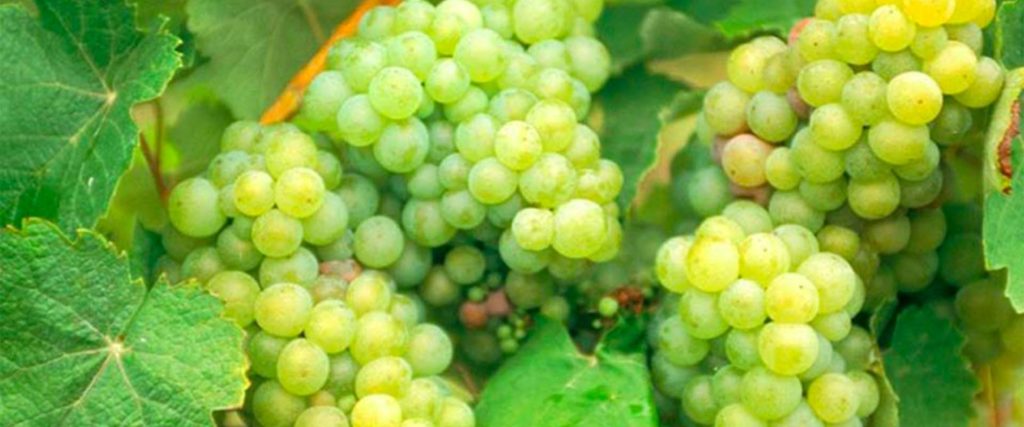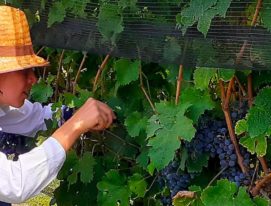Argentine Torrontés, the country’s iconic white grape, began as a spontaneous natural cross of Muscatel de Alexandria and Criolla Chica. Today, 9500 hectares are under vine with the variety, making it the most widely grown white grape in the country by far.
The grape that produces some of the most distinctive and representative whites on the local wine scene actually comes in three different versions: Torrontés riojano, Torrontés sanjuanino and Torrontés mendocino.
Thanks to the efforts of wineries such as El Esteco, Colomé, Porvenir de los Andes, Etchart, Yacochuya and Domingo Hermanos; together with others from La Rioja (Cooperativa Riojana), Catamarca, San Juan and Tucumán, the variety has earned fame across the world for its intense aromatic character of floral, citrus and fruit notes as well as its taut, fragrant palate.
However, in recent years the grape has been producing a range of surprising new styles and flavors to discover.
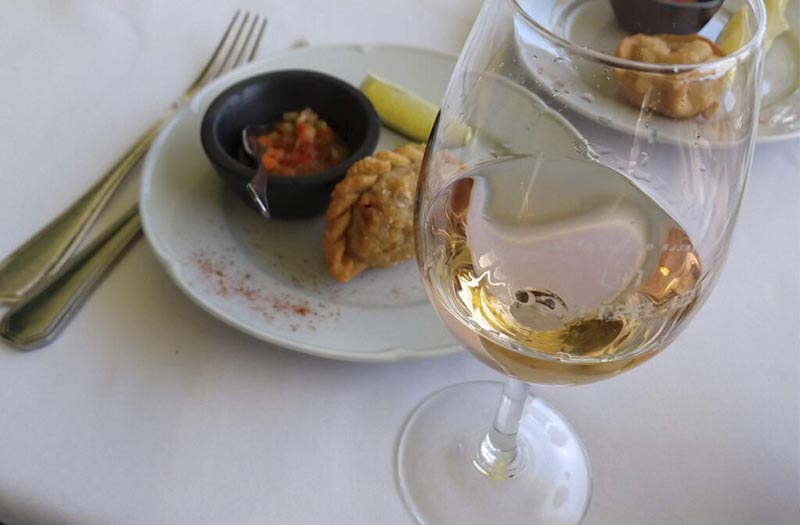
Argentine Torrontés: new styles and qualities
The glory of Salta. For years, whites made from Torrontés were regarded as simple table wines but today, thanks to the work of oenological professionals who cherish its distinctive personality, Torrontés’ classical style has gained in prestige.
There are several reasons for its rise: improvements in the vineyard, more precise harvesting practices and more sophisticated winemaking process. In fact, a high-end category has now developed for Torrontés featuring remarkably complex wines. In addition to the grape’s classical floral and fresh fruit aromas, these emerging labels deliver minerality, hints of spice and a saline quality.
This is true, for instance, of Laborum de Parcela Torrontés Finca El Retiro (Porvenir de Cafayate), Domingo Molina Torrontés, San Pedro de Yacochuya Torrontés, Lunta Torrontés de Roberto de la Motta and Escarlata Evolución Torrontés from the winemaker Gabriela Celeste, all of which are excellent options to satisfy demanding palates.
A cold climate. While Argentine Torrontés is generally seen as an icon of the northwest, it is also widely planted in Mendoza where the high-altitude vineyards of the Uco Valley are attracting the most attention. In these cooler terroirs, it develops a fragrant, vibrant and herbal expression as seen in the following wines from Gualtallary: Andeluna Edición Limitada Torrontés, Alta Yarí Torrontés and AltoSur Torrontés (from Finca Sophenia). These will appeal especially to those who enjoy real tension in their wines.
Torrontés Orange. Now that orange wines are, rightly, becoming increasingly popular across the world, it’s worth noting that the first to hit the market in Argentina was a Torrontés developed by Matías Michelini: Vía Revolucionaria Torrontés Brutal, made with grapes from Tupungato. It was designed “to go with grilled sweetbreads” says its creator.
The category has grown since then and now includes notable orange wines such as Chakana Maceración Prolongada Torrontés, Berrinche Torrontés Naranjo from Lattarico Vineyards and Blanco de Pieles de Vallisto Extremo.
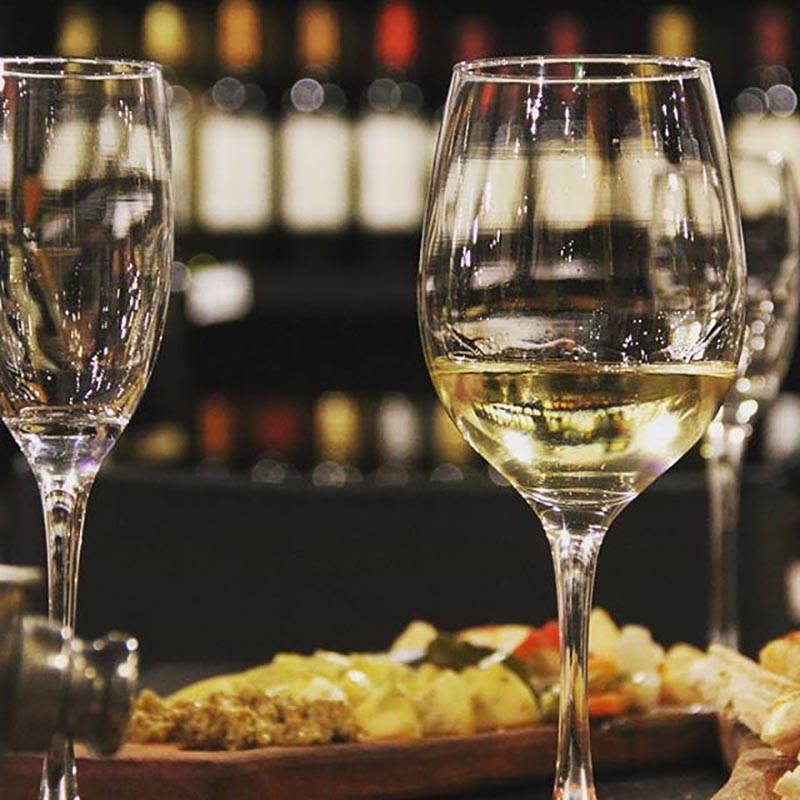
Natural Torrontés. Thanks to major efforts at the vineyard, every day more and more organic Argentine Torrontés labels are appearing such as: Piedra Negra o Puro from Bodega Ojo de Agua. Several wineries also produce low intervention versions with no added sulfites such as Petit Voyage from the French winemakers Thibault Lepoutre and Quentin Pommier; Les Astronautes from Fredy Mestre, and La Oveja from Santa Julia.
Oak friendly Torrontés. It used to be a truism among winemakers that Torrontés doesn’t go well with oak. However, things seem to have changed: there are some wonderful examples very much enhanced by aging or fermentation in barrels. Of course, these practices add to the complexity with a dense, elegant texture.
Examples include: Susana Balbo Signature Barrel Fermented, Tukma Gran Reserva and Piattelli Torrontés.
Sweet Torrontés. A classic of many Argentine wineries is a late harvest Torrontés, which goes wonderfully well with traditional desserts from the north of Argentina. The grape develops good natural acidity even when allowed to get overripe.
Essential classics of the variety which offer seductive aromas of ripe white fruit, tropical flavors and honey include Cafayate Gran Linaje Tardío, Amauta Absoluto Dulce and Amalaya Dulce Natural (which contains 15% Riesling). Meanwhile, the Solería from Malamado – an interesting sweet Torrontés with 100g of residual sugar – is a delicious post-prandial companion.
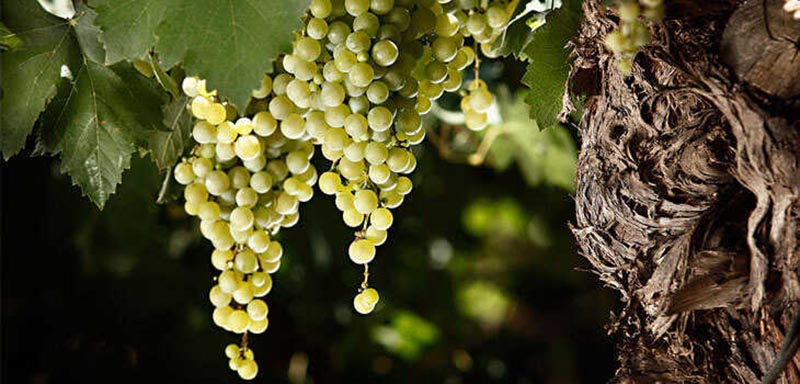
Restoring old vines. Argentina has many hectares of historic Torrontés vineyards that for years were harvested to produce young table wines. Today, these vines have been reassessed by winemakers who are recognizing their capacity to produce sophisticated wines with excellent aging potential.
The first to work along these lines was Alejandro Pepa at El Esteco, a leading winery in Cafayate, with his Old Vines Torrontés, made with grapes from a vineyard that dates back to 1958.
Subsequently, Matías Riccitelli restored several old vineyards for his collection Riccitelli Old Vines Patagonia, while in San Juan, Francisco Bugallo did something similar in Barreal, harvesting grapes from old vineyards for his Cara Sur Pérgolas Blanco (which is mostly Torrontés blended with other local white varieties).
Sparkling wines, Pét Nats, low alcohol and more. Several more unusual styles complete the ample range of Torrontés in Argentina: sparkling versions make for excellent aperitif. Dry examples include Santa Florentina Brut from La Rioja while sweet ones exist as well such as Deseado Torrontés, from the Patagonian winery Familia Schroeder, both of which are fragrant and refreshing.
La Fuerza, a vermouth project founded by Sebastián Zuccardi and the bartender Julián Díaz, includes among its labels a Torrontés-based option macerated with over thirty herbs and botanicals from the mountain slopes of Mendoza which has earned plenty of international acclaim.
You’ll also find several versions of Pét Nat Torrontés: one of the best is Tamboreo Pét Nat Torrontés from Bodega Cartagro in Mendoza.
Finally, a growing category in the country: low alcohol wine, also features Torrontés. Santa Julia Tomates Verdes is just 9.5% alcohol, while there’s also Envero, a non-alcoholic line of wines launched in 2021 by Susana Balbo Wines.
As you can see, there’s a vast range of different Argentine Torrontés labels to discover, among which you’re bound to find a few that’ll win you over too.

